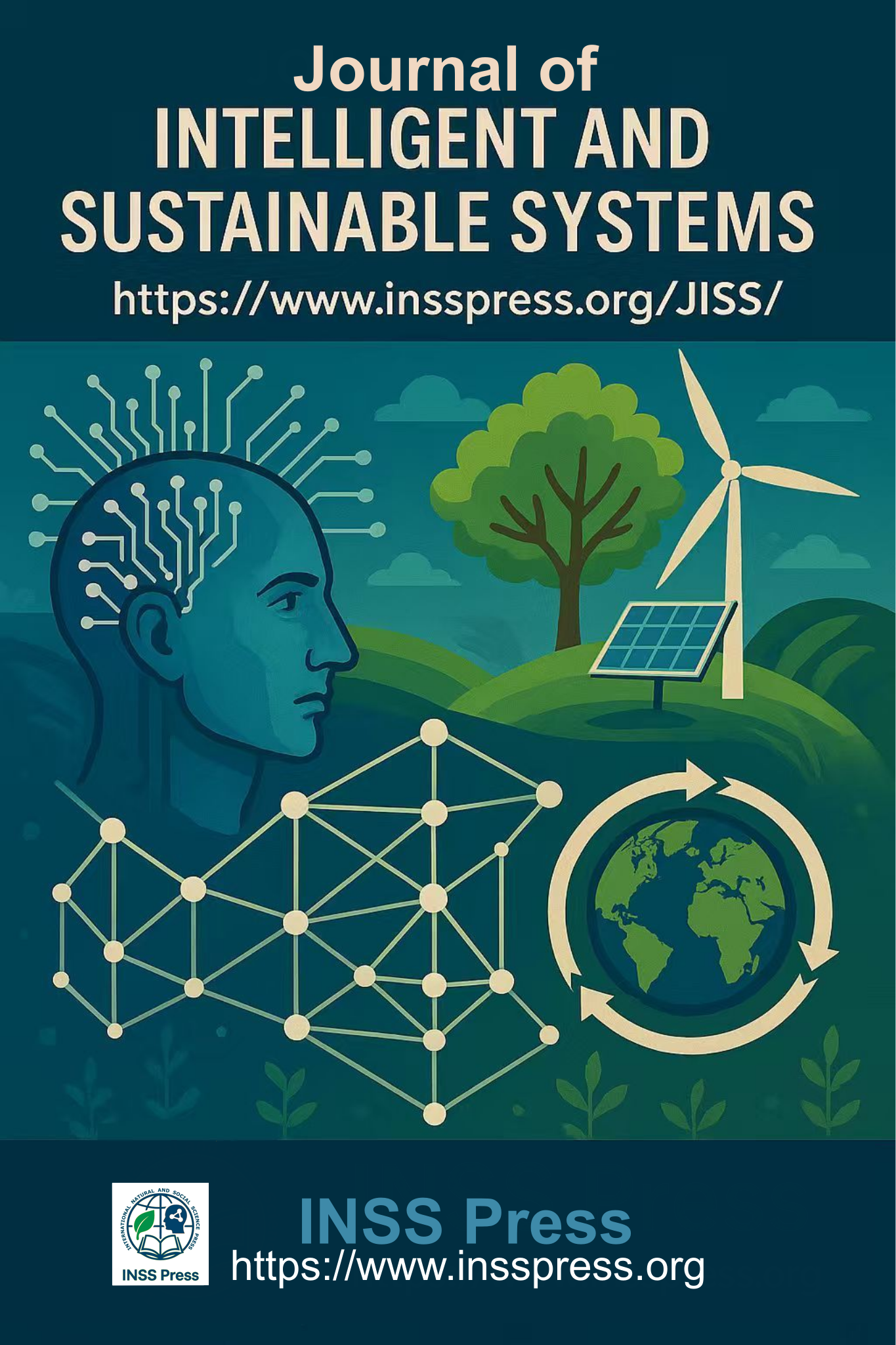Manuscript template and section guidelines
All submissions must use the official template and follow the structure outlined below.
- Article Title: The Article title must include the full manuscript title; complete author names and affiliations (department, institution, city, country); corresponding author’s name and e-mail; ORCID iDs (recommended); funding information; and optional acknowledgments.
- Abstract: The abstract should be a single-paragraph of 150–250 words that briefly states the study’s purpose, methods, key findings, and main conclusions. Avoid citations, abbreviations, and undefined acronyms.
- Keywords: The keywords include 4–6 keywords immediately after the abstract to help index and categorize the manuscript’s main topics and themes.
- Introduction: The introduction should present the background and importance of the topic, identify the research gap, and clearly state the study’s objectives and contributions. It should explain how the work advances knowledge in the field.
- Literature Review and Theoretical Framework: The Literature Review and Theoretical Framework provide a critical overview of relevant studies, key theories, and concepts. Identify major findings, existing gaps, unresolved issues, and how the current study builds on or extends prior work. Ensure logical flow and thematic organization. Introduce and justify the theoretical framework if used.
- Results and Discussion: The Results and Discussion should interpret the findings using text, subsections, lists, figures, and tables. Explain how results relate to the research objectives, prior studies, and theory. Highlight implications, importance, and areas for future exploration.
- Figures and Tables: The Figures and Tables must be cited in the text (e.g., “Figure 1,” “Table 1”), high-quality, labeled, and positioned near their first mention. The tables must be understandable without referring to the main text.
- Mathematical Components: The Mathematical Components must use proper inline expressions, apply SI units consistently, and ensure each equation is introduced and discussed.
- Discuss: The Discuss should explain the meaning and significance of the findings. Compare with existing literature, highlight contributions, and discuss implications and limitations.
- Conclusion: The Conclusion must provide a clear summary of the main findings, highlight the study’s contributions and implications, and suggest directions for future research without repeating earlier text. Avoid adding new data.
- Patents: Disclose any patents related to the study’s methods, tools, or technologies.
- Author Contributions: Use the CRediT taxonomy to specify each author's role (e.g., Conceptualization, Data Curation, Methodology, Writing—original draft, etc.).
- Funding: The Funding should clearly state all sources of financial support for the research. If no funding was received, include a simple statement indicating that the study was conducted without external funding.
- Abbreviations: Define abbreviations used in the manuscript (e.g., INSS, AI, SDGs, ICT, WTO).
- References: Ensure accuracy, completeness, and consistent formatting. Include full bibliographic information and DOI/URL when available. Use numerical citations in square brackets (e.g., [1], [1–2], [3] (p. 5)).
References should be described as follows, depending on the type of work:
- Journal articles
Author 1, A.B.; Author 2, C.D. Title of the article. Journal Name, Year, Volume, Page range. - Book chapters
Author 1, A.; Author 2, B. Title of the chapter. Book name, 2nd edition, Editor 1, Editor 2, Eds.; Publisher, Publisher address, Year; Volume 2, pp. 110–120. - Books
Author 1, A.; Author 2, B. Book title, 3rd edition; Publisher, Publisher location, Year; pp. 110–120. - Personal communications
Author 1, A (School name, Location); Author 2, B (School name, Location). Personal communication. Year. - Conference presentations
Author 1, A.B.; Author 2, C.D.; Author 3, E.F. Title of Presentation. Name of Conference, Location of Conference (place name, city, country), Conference date. - Online sources
Title of Site. DOI/URL available online.
